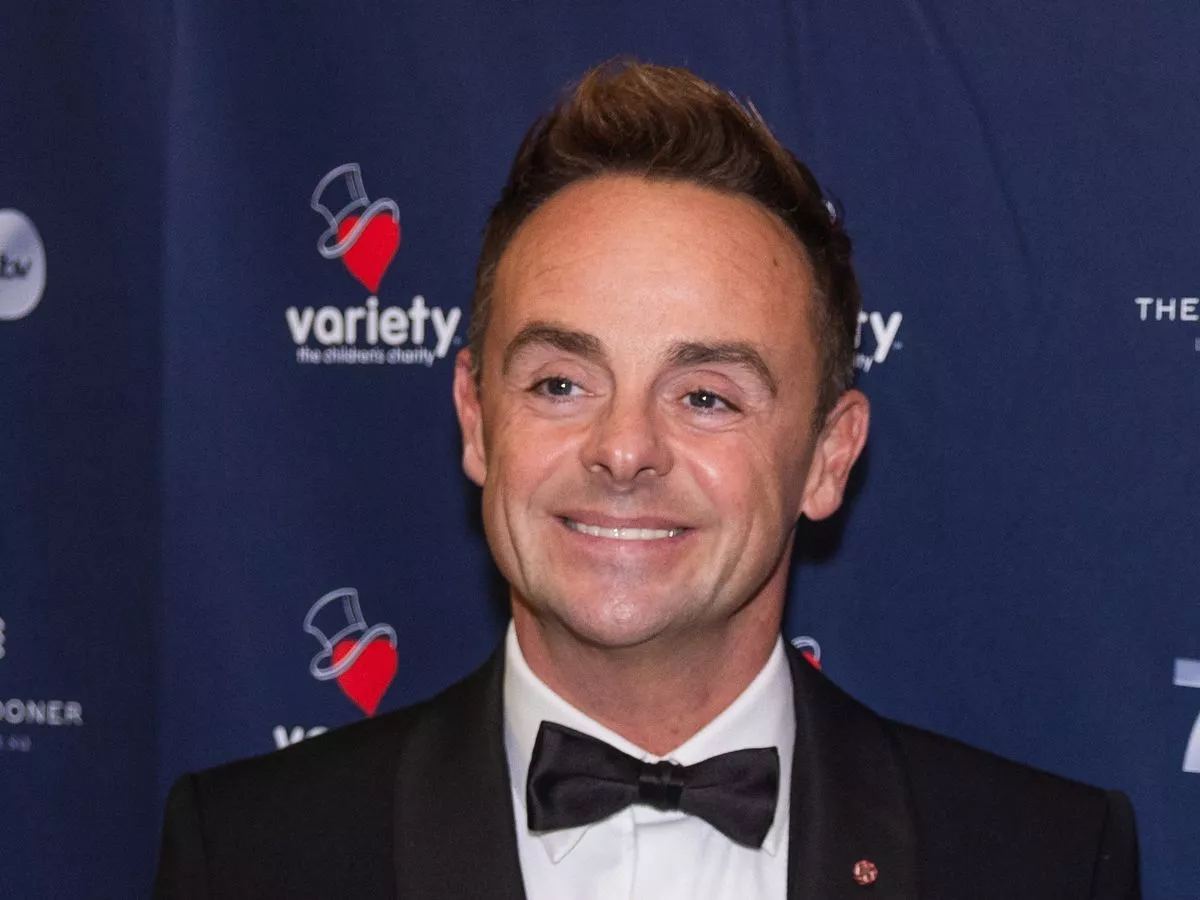Copyright The New York Times

This year marks the hundredth anniversary of the publication of F. Scott Fitzgerald’s “The Great Gatsby,” a book that you were probably required to read in high school but which makes much more sense when you go back and read it again as an adult. That’s especially true if you’ve been banged around enough by life to understand that the glamorous, elusive, self-invented party boy Jay Gatsby was not, in fact, someone you should aspire to be. He was not the hero. Also, it ended quite badly for him. Donald Trump was clearly never much of a reader, so maybe it wasn’t that surprising — and it’s also just too perfect, of course — that on Oct. 31, with the federal government still shut down and SNAP benefits about to be disrupted, leaving about 42 million Americans without money they were counting on to eat, he was hosting a “Great Gatsby”-themed party at Mar-a-Lago. It was one of those sticky images of Mr. Trump: the most powerful man in the world surrounded by a cavalcade of activity, the curve of a white feather poking out from a floral centerpiece, the blur of candles in candelabras and waiters in black vests affixed with royal-style crests. Next to the crests were bronze name tags that protruded awkwardly. Next to Mr. Trump was his multihyphenate secretary of state, Marco Rubio. In a photo, one could make out a smile and a bit of a laugh coming from Mr. Rubio’s mouth. Next to him was a woman in a 1920s-style headband who was looking out at the wide, lush expanse of Palm Beach. The story of the rise and fall of the self-made semi-criminal Jay Gatsby takes place in the summer of 1922, during the presidency of Warren G. Harding, who is remembered for the Teapot Dome bribery scandal, although all manner of corrupt things went down during his term. The year before “Gatsby” was published, strict immigration quotas went into effect that drastically restricted the numbers of Southern Europeans and Jews allowed into the United States, as neither of those groups were at the time considered white by the Wasp establishment of the era, tipsy on their own Replacement Theory fears. The 1920s were a time of extraordinary wealth creation and remarkably lax regulation. It’s hard imagining that Gatsby and those who partied at his house every night would have missed out on the kind of get-rich-quick schemes of the crypto and A.I. booms had they existed back then. It’s just as hard to imagine that our current Roaring ’20s is going to end any better than theirs ultimately did in October 1929. In present-day America, there are signs of a stock market bubble. Food pantries are already strained. Inequality is rampant. The top 10 percent of U.S. households now make up nearly half of all spending, the highest level since the late 1980s. Many large companies aren’t hiring. More Americans are falling behind on their car payments. And health insurance rates are expected to increase for millions of Americans — a major reason that we have a government shutdown in the first place. Thank you for your patience while we verify access. If you are in Reader mode please exit and log into your Times account, or subscribe for all of The Times. Thank you for your patience while we verify access. Already a subscriber? Log in. Want all of The Times? Subscribe.



